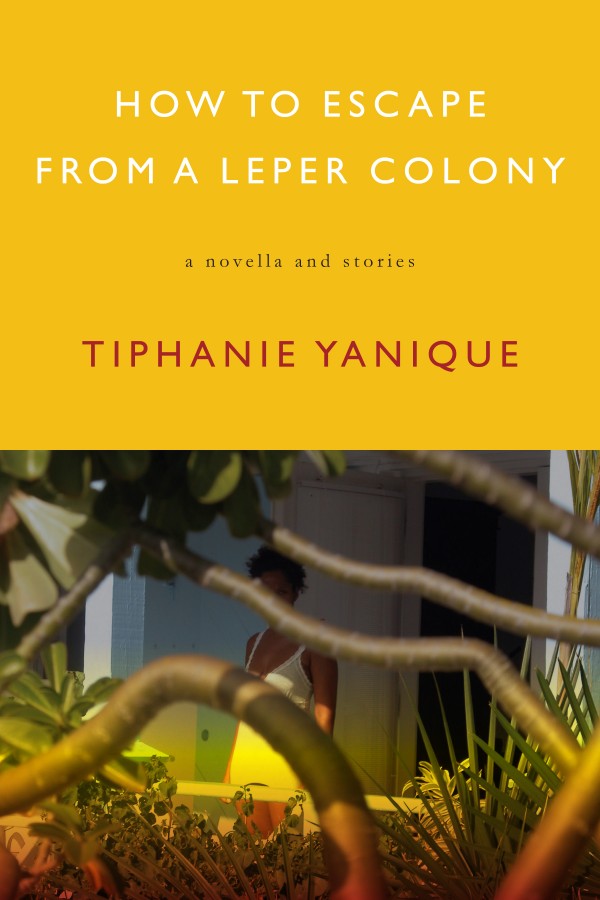Author: Nicole Byrne
The Brief Wondrous Life of Oscar Wao is a Pulitzer Prize winning book by Junot Diaz. The novel has a three part structure, and an informal tone. The tone comes from the books narrator Yunior, who is initially an elusive character who does not make his identity apparent until later in the book. The narrator uses a mixture of slang terms and more formal language as well as using Spanish. The use of code switching between all of these forms is effective as the book feels authentic and relatable. I also felt that the use of Spanish throughout the novel was not a hindrance for someone with no knowledge of the language; it just illustrated to the reader the bilingual culture of Diasporas. Furthermore, Yunior uses different tones for each character he is narrating. Initially for Oscar we see a more “nerdy” and polysyllabic register, whereas for Yunior’s own sections of the book he adopts a more “ghetto” and informal register. The character of Yunior reappears in many of Diaz’s works. Also of note is Yunior’s use of Footnotes to add information, quotes from books, or his own insight into the events. This gives the novel a more academic feel like it’s a work of non-fiction; a document rather than a novel. The book deals with themes such as family, identity, love, conflict and fate.
The outset of the book explains the difference between a fuku (a curse) and a zafa (a counter spell). This is an idea that is toyed with throughout the novel, the idea of righting a wrong or erasing a curse. Set in New Jersey in the States and also in the Dominican Republic the reader has a sense of the conflict between cultures- a central theme in many of Diaz’s works is the “immigrant experience”. As a reader with no knowledge related to the Dominican Republic (it’s culture or even its language) I feel like I learned a lot from this book and that a previous knowledge wasn’t necessary. The book is complicated. It shifts through different time periods, different places, different regimes, different characters, and different languages- but it is not hard to follow or off putting for the reader.
Although the book is a work of fiction it does have parallels with Diaz’s life- set in Santo Domingo (where Diaz was born) and New Jersey (where his family relocated to)- and this could be seen as a reflection of his own Diaspora. Diaz stated during a speech to his students that he "as a writer, find myself trying as best as I can to describe not only the micro-culture that I grew up in, but some of what that leads to”- in the case of Oscar we see the negative outcomes.
Oscar is, in my opinion, a really relatable character. Everyone knows an ‘Oscar’, or can at least imagine. He is the ultimate geek- lost in a world of literature, comics and video games. Yunior is also a geek, albeit a closet one, who often masks his curiosity as disapproval. Even if the reader isn’t an ‘Oscar’: I believe everyone can relate to the high school experience and the isolation of being an outsider. Oscar is a symbol for: anyone who has ever been made to feel like a geek for liking something that isn’t main stream; or anyone who has ever been unlucky in love; or for anyone who has had to live in the shadow of an older sibling (or the shadow of every lady killer before them). All of the women in Oscar’s family are portrayed as being fierce, and all the men in his community as being highly sexed- both of which Oscar is not. This probably contributes to his feelings of isolation
Out of all the books on the course, this book appealed to me for its title. It immediately made me ask the questions “Who is Oscar?”, “Why is he/his life wondrous?” and “Why is his life brief?” I feel those questions were answered plus some. Diaz does not only the ‘wondrous life’ of Oscar justice but also all the other contributing, interwoven ‘wondrous lives’ of all the other characters. Diaz
illustrates all the different factors that make up a human being and their story with ease and a delicacy that is hidden under the guise of a macho narrator.
Rating: 4/5 (only because some of the footnotes were so long I lost my place in the story)
Recommended for readers of all ages who would like a brief introduction to American and Dominican history, politics and culture without the heavy academic study usually associated with such topics.






